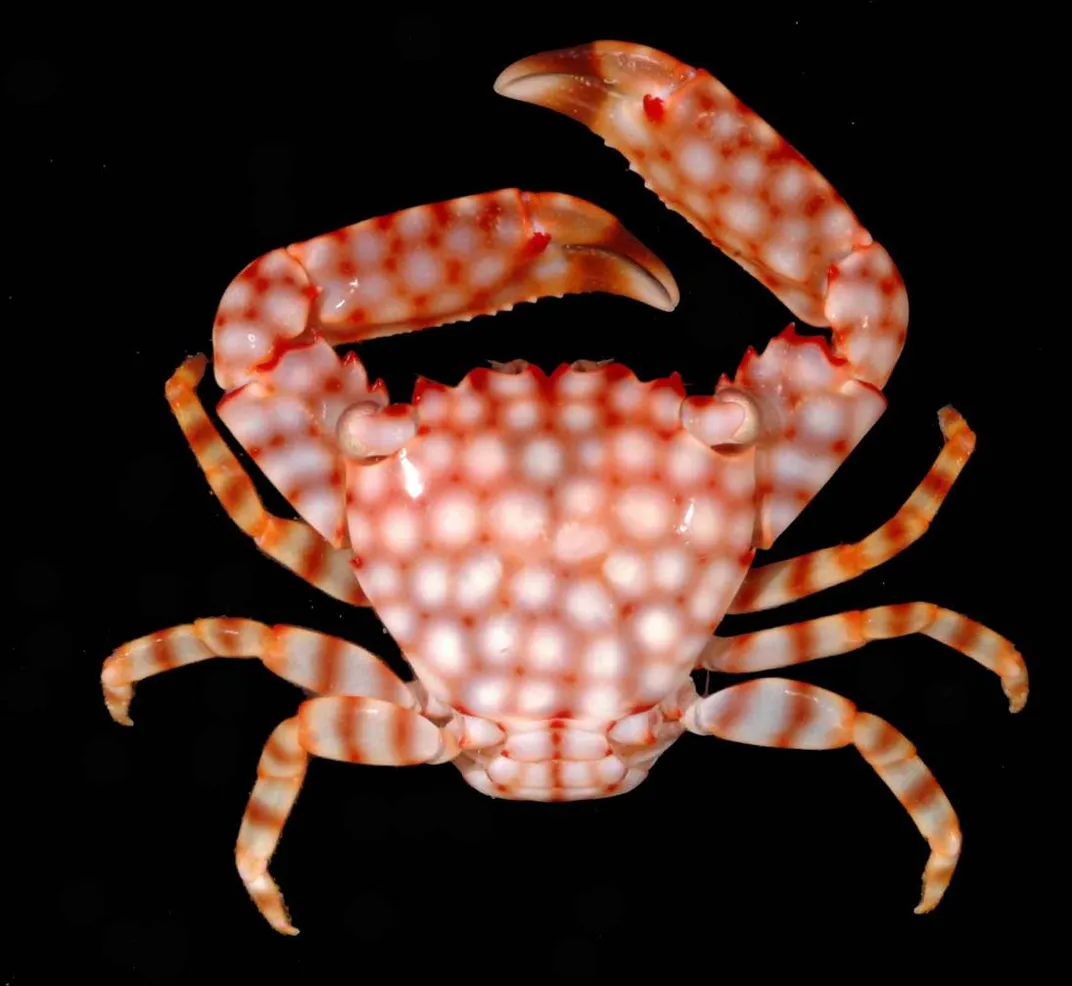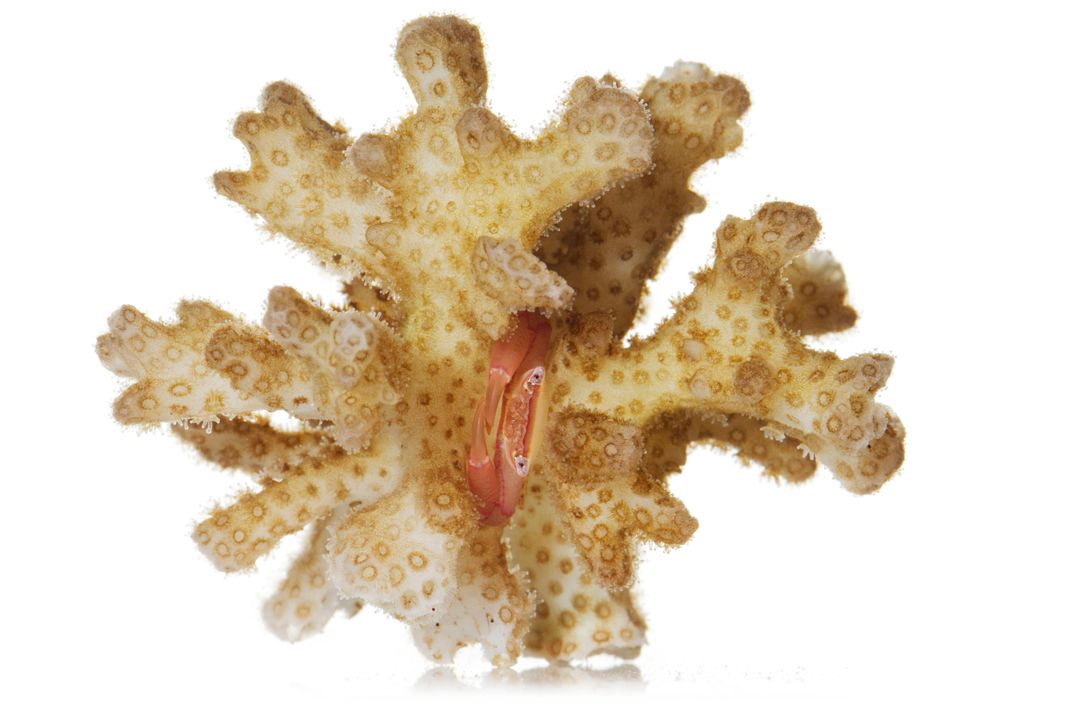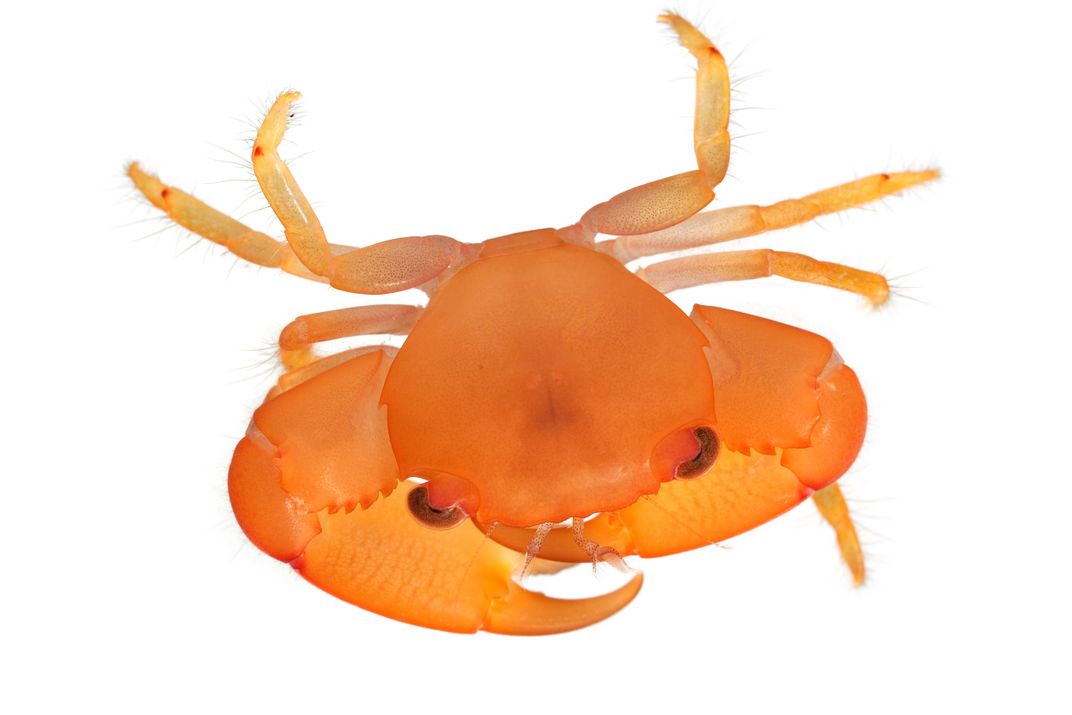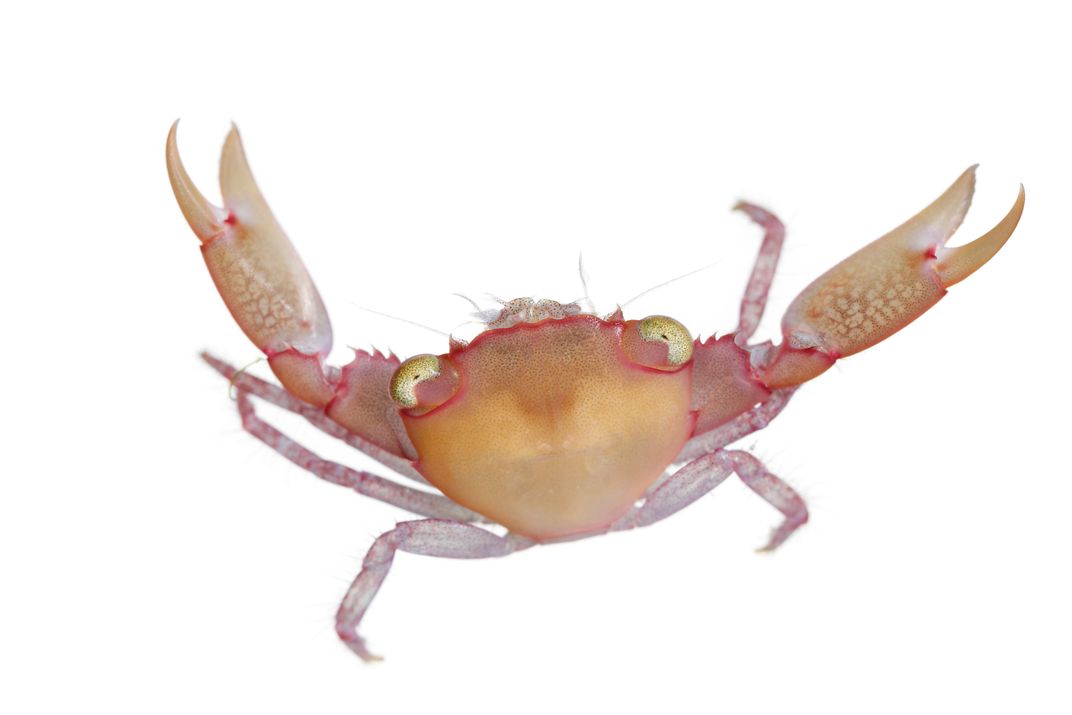Crabby Tenants Defend Corals From Marauding Predators
A diversity of coral guard-crabs is needed to fend off attacks by hungry snails and giant spiky sea stars
Coral reefs face a plethora of threats, from ocean acidification to coastal development to climate change. But at least when it comes to direct assaults, some corals have well-armed defenders: coral guard-crabs. These buff little crustaceans take up residence within pocilloporid corals—the ones that look a bit like cauliflower or loose brains. In exchange for shelter and nutrients, the crabs ferociously defend their hosts from hungry enemies, such as snails and crown-of-thorns sea stars.
While the relationship between coral and crab has been known for a while, researchers have now found that it takes more than just one rank in the guard-crab army to keep a location secure. The discovery highlights the importance of biodiversity not just across an array of animal types, but also within a group of seemingly similar species.
More than 20 coral guard-crab species exist, and they come in many shapes and sizes. Often more than one crab species will occupy a single coral, and the diversity of pincers and claws suggests that the crabs each have unique defensive strategies. To find out for sure, Seabird McKeon and Jenna Moore of the National Museum of Natural History’s Smithsonian Marine Station headed to an enviable field site in Mo’orea, an island in French Polynesia where the majority of coral guard-crabs live.
In recent years, Mo’orea coral reefs have suffered a plague of crown-of-thorns sea stars, spiny creatures that can grow to the size of a trash can lid. These voracious animals rove through reefs in groups of up to 200, and booms of these venomous predators have been known to decimate entire reefs.
The scientists performed various experimental trials to tease out the relationship between the crabs, the corals and the predators. They focused their efforts on four species of crabs, and then divided those species into different size classes. They set up tanks that included corals plus one or more of the crab species and size classes. Then they introduced various hungry predators, including crown-of-thorns sea stars and cushion stars (a type of starfish that looks like an overstuffed pillow).
The results, described in the journal PeerJ, show even if other species of smaller crabs were present, without the powerhouse claws of the largest crab, the corals fell victim to the sea stars’ prehensile arms. Over a two-week trial period, 64 percent of corals lacking the large guard-crabs were attacked by the sea stars, and they lost 22 percent of their tissue. Just 18 percent of corals with resident large crabs were attacked, and those victims were stripped of only 2 percent of their tissue.
Tinier crustaceans had important roles to play, too. Smaller crabs paid the most attention to munching snails, which the large crabs ignored. Medium-sized crabs, on the other hand, preferred to defend against cushion stars, but stayed inactive if the larger crown-of-thorns sea stars mounted an attack. In light of these various duties, the authors conclude that the crabs have evolved complementary roles “as well as a hierarchy of defensive effectiveness among different species and sizes.”
While clever, this complex strategy puts the corals in danger. Should one species of crab fall—whether due to climate change or another environmental threat—the corals would be left relatively defenseless against the corresponding predator. Increasing numbers of coral enemy outbreaks seem to be triggered by declines in their predators due to overfishing or habitat destruction. That means attacks on corals could increase in frequency or intensity in the future, potentially overwhelming the guard-crabs.
Coral reef management, therefore, should not only focus on protecting the corals themselves, but also the tiny crustaceans that quietly but diligently carry out nature’s version of conservation, the team concludes.
/https://tf-cmsv2-smithsonianmag-media.s3.amazonaws.com/accounts/headshot/Rachel-Nuwer-240.jpg)







/https://tf-cmsv2-smithsonianmag-media.s3.amazonaws.com/accounts/headshot/Rachel-Nuwer-240.jpg)